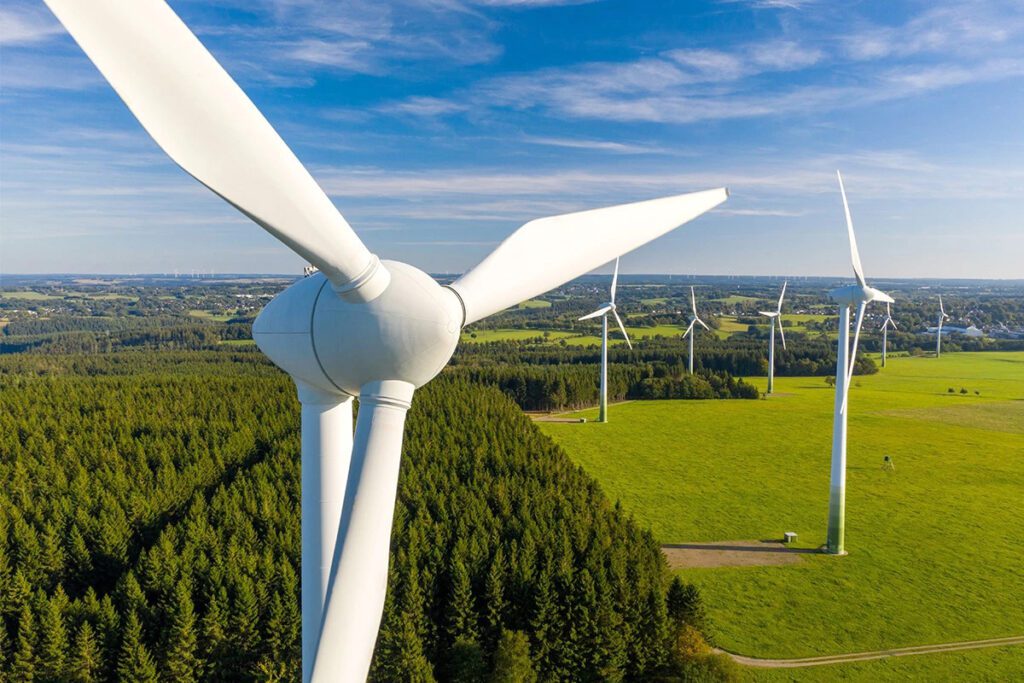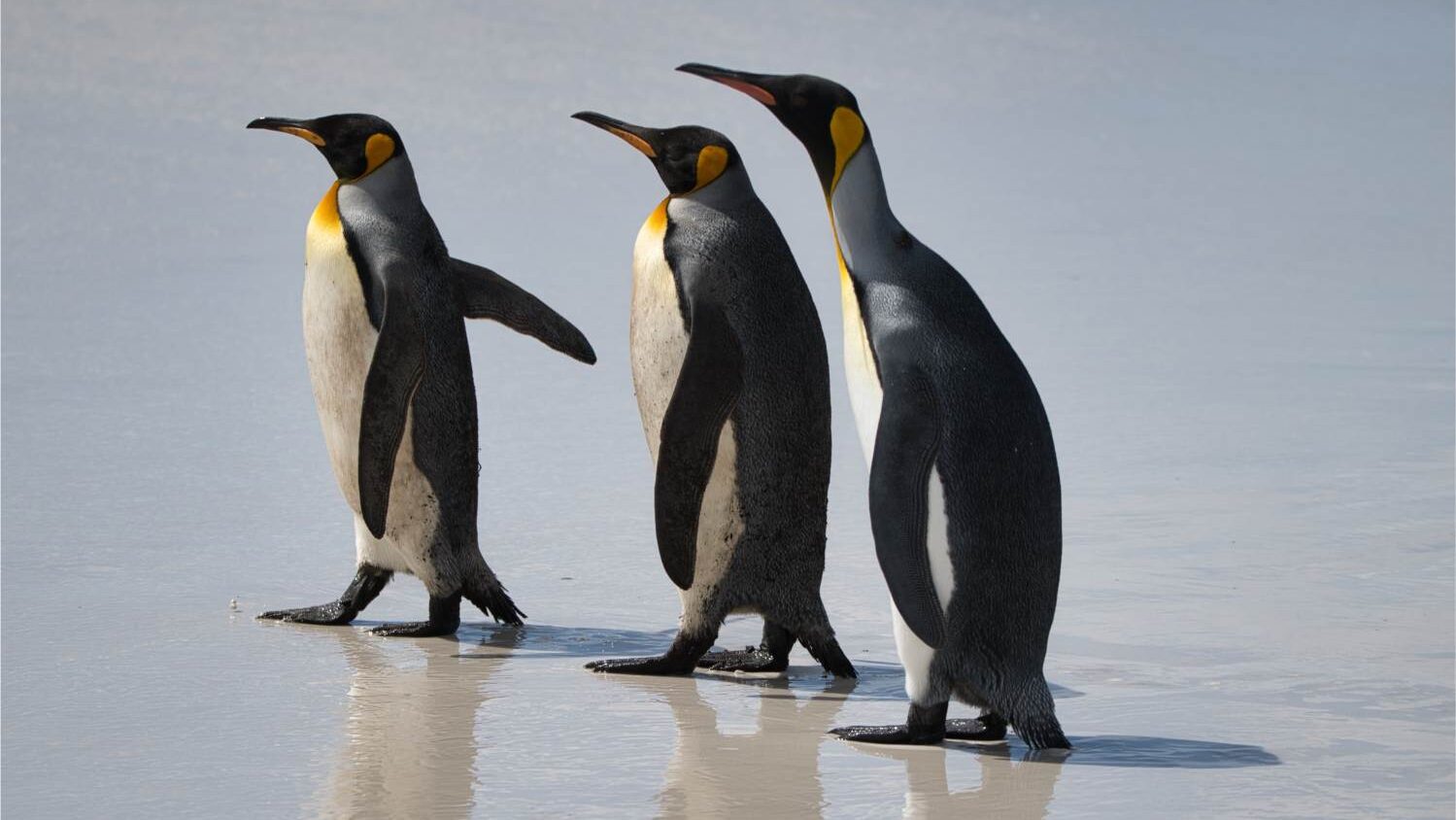Today, the world continues to harness the power of the wind. Modern wind turbines convert kinetic energy generated by the wind into electricity—the benefits of which are numerous.
For one, wind power is one of the cleanest forms of renewable energy. Except for during the manufacturing and transportation processes, wind turbines do not emit any greenhouse gases that are harmful to the climate. Investing in wind power will decrease the world's dependence on fossil fuels and other finite energy sources.

Wind energy development also “creates thousands of long-term, high-paying jobs in fields such as wind turbine component manufacturing, construction and installation, maintenance and operations, legal and marketing services, transportation and logistical services, and more,” according to a U.S. Department of Energy report.
Yet wind power also comes with certain disadvantages.
Wind turbines can be quite loud, much to the detriment of nearby communities. This noise, combined with the sheer size of their blades, can threaten local wildlife. However, it should be noted that developments in renewable energy—such as wind farms—must be accompanied by an environmental impact study before construction. It is also common for local governments to require wind farms to comply with noise regulations.
But perhaps the most considerable criticism of wind turbines is that wind, as an energy source, is often unpredictable and unreliable. Gusts may be too weak or too strong. Turbines are most efficient when they are strategically located in regions where the ideal wind strength is predictable. Usually, this means near oceans, open plains, or on top of smooth, rounded hills.
The Estonian government has decided to invest in wind energy as part of the European Union's “RePowerEu” initiative launched in 2022. The European Commission's website states that the measures outlined in the initiative—including the diversification of energy supplies, energy savings, and an accelerated rollout of renewable energy—aim to end Europe's dependence on Russian fossil fuels and expedite the transition to renewable energy.
Enefit Green AS has accordingly received a loan of EUR 180 million from the European Investment Bank (EIB) to aid in the construction of Sopi-Toots, an onshore wind farm in North Pärnu County. Once all 38 turbines are erected, “the output of the Sopi-Tootsi wind farm covers nearly 8% of all electricity consumed in Estonia,” according to the project's website.
The Sopi-Tootsi wind farm is projected to provide about 680 gigawatt-hours of renewable electricity per year—which, according to the same data—will double the entire wind energy production in Estonia. This aligns with its ambitious goal of ensuring that all electricity produced in the country will be from renewable energy sources by 2030.
Yet, the country has faced some challenges in switching to renewable energy.
Most notable is the gridlock associated with procedural processes, said the former Minister of Public Administration, Riina Solman. “Wind turbines will never get built with the red tape and paperwork being so drawn out at every stage, which is a situation no one is happy with—neither the state, nor the developers of wind farms, nor society as a whole,” she said.
To tackle these issues, the former government “published an audit on accelerating the development of renewable energy projects,” according to a TGS Baltic report in 2022. “One of the main goals is to accelerate the permit procedures related to the development of wind parks. The [former] Ministry of Finance introduced a draft law to the government, which will allow shortening the planning of wind farms in local governments by two to three years.”
The audit also outlines measures to build 1,000 MV worth of onshore wind farms–a feat which the country aims to accomplish by pledging to look for 500 square kilometres of suitable land for wind farm development within the first half of 2024. Suitable land refers to that which does not impede on natural conservations, areas of national defence, or other infrastructure. Once deemed suitable, these plots of land are designated as “priority development areas” by the state.
However, some developers worry that the former government's plans to expedite these processes will hinder wind farm construction.
The state's urgency to claim priority development areas competes with the interests of private wind energy developers. Competition over the same land ultimately slows down construction and results in a duplication of effort, according to an article from the Postimees. “We use the same maps and the same conditions as the state officials,” said the current Head of Wind Developments at Enefit Green, Lauri Ulm.
To ensure that Estonia meets the requirements outlined in the RePowerEU initiative, some developers have suggested that the state designate land which private companies are developing or plan to develop as priority development areas. Unfortunately, the issue is not that easily remedied. In the eyes of the state, placing certain plots up for auction can foster competition by leveraging the interests of other developers.
Yet the complications do not end there. The Postimees reported that, according to the audit, there is simply not enough suitable land in Estonia for wind farm development. “Taking into account the current practice (at least 1,000 meters between a wind generator and the nearest dwelling) and all other restrictions, only 82 square kilometers of suitable land could be found in Estonia.” This figure still falls significantly short of the desired goal of identifying 500 square kilometers of suitable land for development.
The Estonian government has accordingly collaborated with its Baltic neighbours in building offshore wind farms in the Baltic Sea. According to the Investment and Development Agency of Latvia, the joint offshore wind energy project between Estonia and Lativa, known as ELWIND, will be located west of the peninsula of Sorve of Saaremaa Island and in the coastal area of Kurzeme between Pāvilosta and Užava.
The farm, estimated to have a total capacity between 700 and 1000 MW, “will contribute to energy security in the region by helping to lower and stabilize electricity prices by making large-scale domestic green energy available,” according to the project's website.
It it planned to be completed around 2030.
This article was written by Natalie Jenkins as part of the Local Journalism Initiative.



